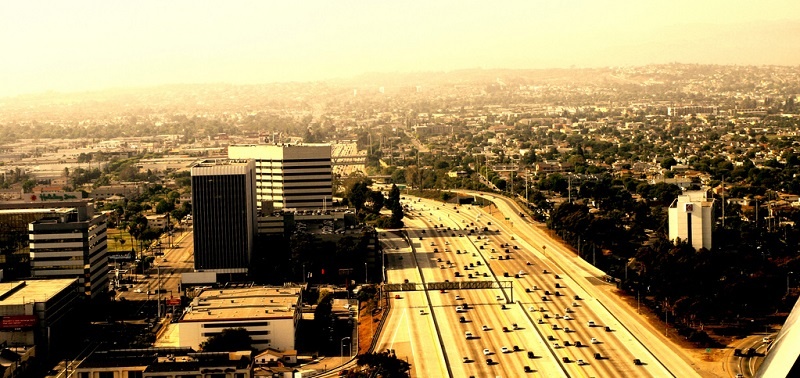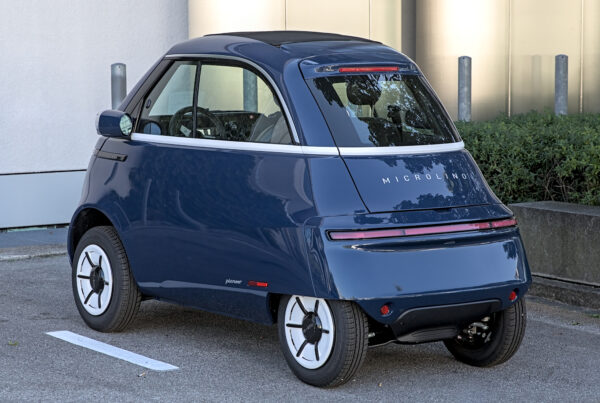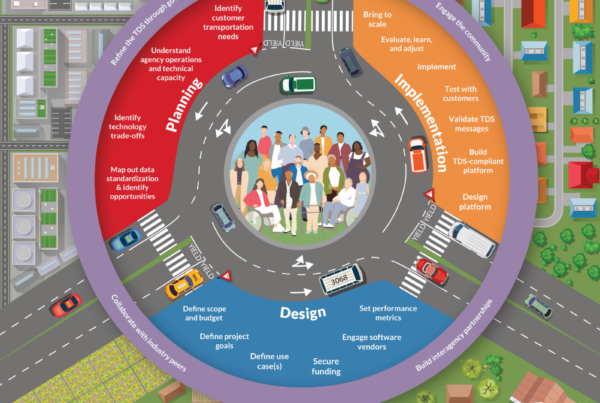Sharon Feigon, Executive Director of the Shared-Use Mobility Center (SUMC), announced a challenge this week at the 2015 national shared mobility summit Move Together in Chicago: take 1 million cars off the road in the U.S. within the next five years by scaling up shared mobility in 15 metropolitan regions.
Feigon, the former CEO of Chicago’s IGO Carsharing, said cities across the nation can drastically reduce single occupancy vehicle use – and associated congestion and greenhouse gas emissions – by growing bikesharing, carsharing and other forms of shared mobility, as well as by expanding public transit ridership.
“Shared mobility has the ability to offer transformative social and economic benefits for cities,” said Feigon. “It can enhance access to transportation and opportunity while reducing air pollution and the need to own a personal vehicle.” For instance, studies suggest one carsharing car can take between nine and 13 cars off the road, she said.
According to SUMC, the U.S. could take 1 million cars off the road if:
- 8 percent of the adult population in the 15 cities evaluated joins carsharing (including traditional, one-way and peer-to-peer carsharing)
- 4 percent joins bikesharing
- 4 percent takes one trip per week using ridesharing or ridesourcing instead of driving alone
- Transit ridership increases by 3 percent
In all, the effort would reduce annual vehicle miles traveled by 2.9 billion – the equivalent of 10 round trips to Mars. It would also result in 134 fewer gallons of gas consumed, $8.6 billion in household transportation savings and more than 1.6 million metric tons of CO2 averted, equivalent to planting 40 million trees.
SUMC calculated the 1 million vehicle figure by examining the combined potential effects of increased shared mobility in 15 metropolitan U.S. regions including Chicago, New York and Los Angeles. While the goal may seem lofty, it actually represents a reduction of only about 4 percent of vehicle traffic in the U.S. within those regions, said Feigon. If more cities work to expand shared mobility and transit, the gains could be even greater.
To realize SUMC’s goal, Feigon suggested cities can take actions such as set mode-split goals, create incentives and service level requirements for providers, establish rules that encourage integration and fund and test new strategies through pilot projects.
She announced the challenge as part of the national Move Together summit, which brought more than 500 public and private sector transportation leaders from across the nation to Chicago on September 28-30 to discuss the latest developments in shared mobility.
SUMC – a national, public-interest organization working to foster collaboration in shared mobility and help connect the burgeoning industry with transit agencies, cities and communities – coordinated the conference in partnership with the North American Bikeshare Association (NABSA). More information about the conference is available at sharedusemobilitycenter.org/2015-summit.




